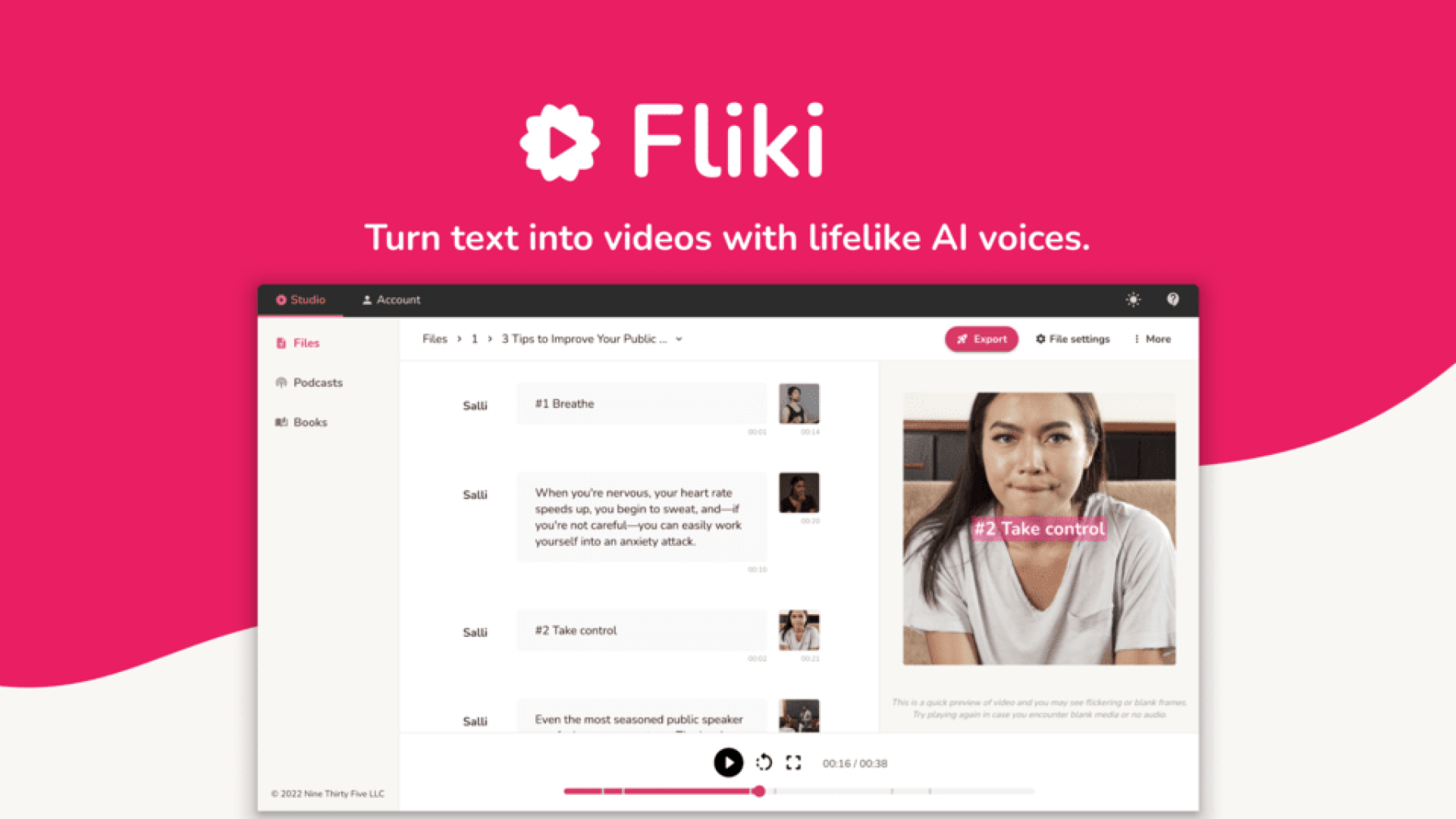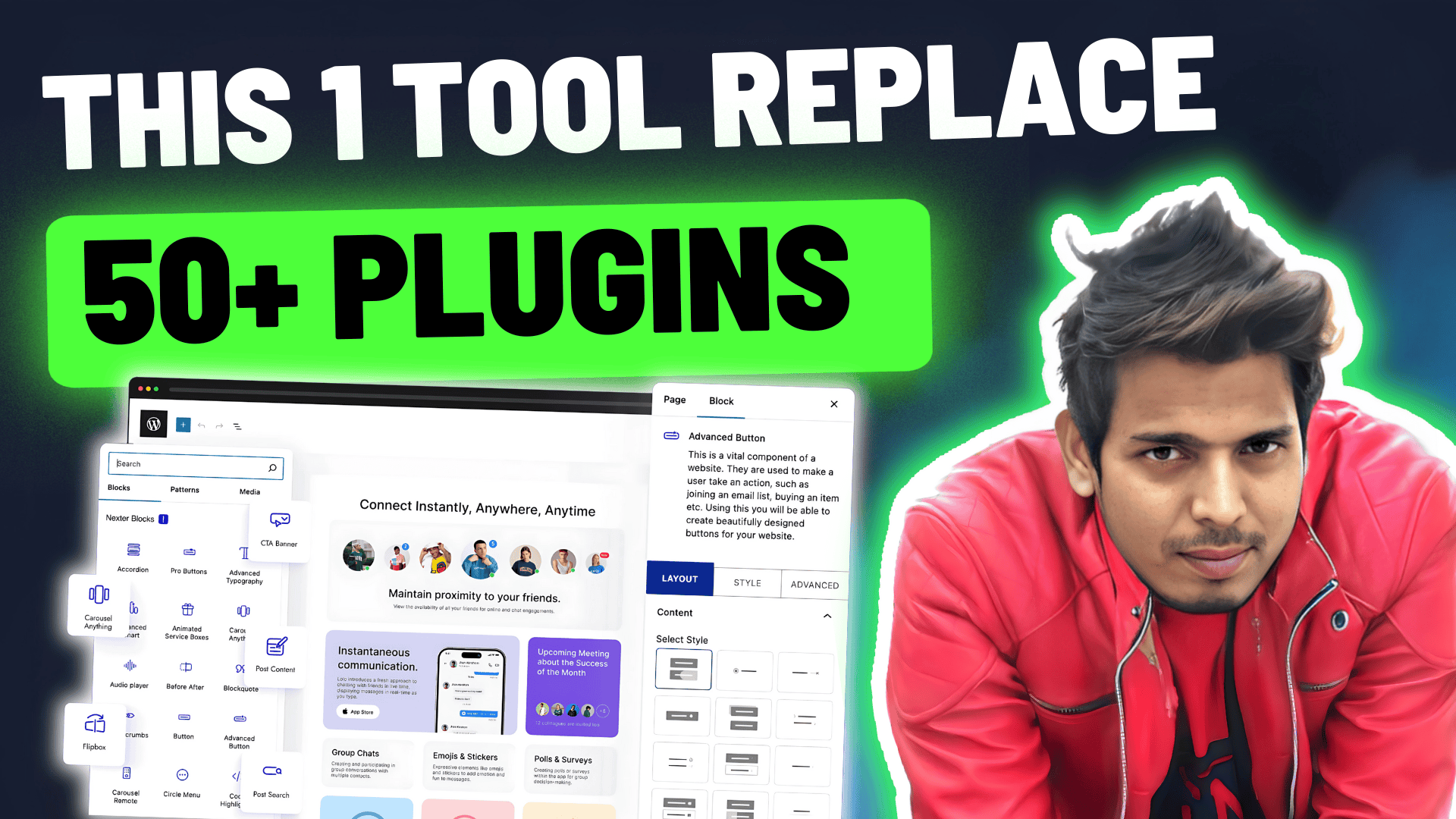If you are wondering how to rank in ai search and whether you need a whole new skillset to keep getting traffic, breathe easy.
The truth is that learning how to rank in ai search does not require a mysterious new playbook. Instead, it builds directly on solid SEO fundamentals — with a few tactical tweaks that make your site easier for large language models to find, understand, and quote.
Below I break down exactly what to do, step by step, with real examples, technical checks, content templates, and a practical checklist you can implement this week.
Why you should care about how to rank in ai search
Search is evolving. Generative AI tools and AI overviews now deliver conversational answers to many queries.
That feels like a seismic shift, but the reality is more of an evolution than a revolution. If your question is how to rank in ai search, here are the two facts that matter most:
- AI platforms commonly sample from top organic results and trusted sources to compose answers. If you do not rank organically, you probably will not be quoted by an LLM.
- Many people still prefer traditional search engines. Adoption of AI-first search is rising, especially among younger audiences, so preparing now is smart.
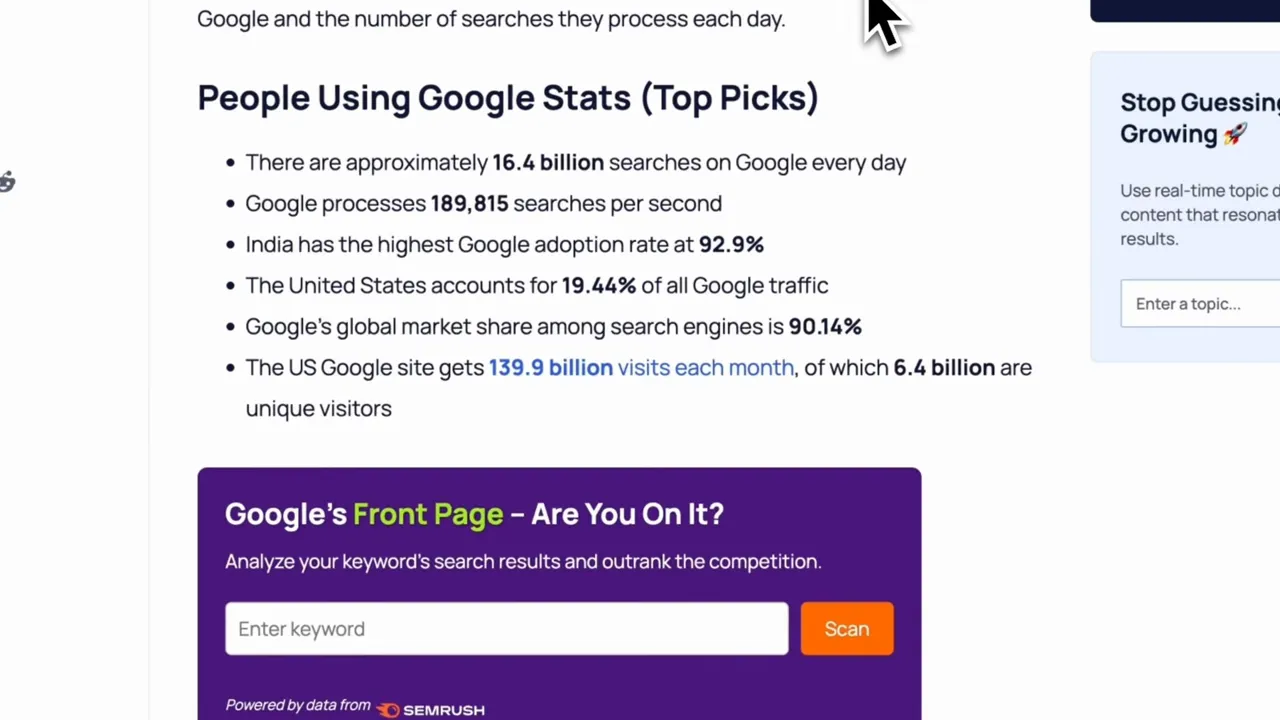
Put simply, knowing how to rank in ai search means doing great SEO and then adding a few extra signals that make your content easy for language models to parse and cite.
Keep doing high-quality SEO and layer on AI-friendly structure, schema, and trust signals.
High-level framework: The four pillars of AI-ready SEO
When you approach how to rank in ai search, work across four pillars:
- Content that AI loves: natural language, coverage, and E E A T
- Technical accessibility: crawability, HTML-first content, and speed
- Structured data: schema types that clarify what your content is
- Authority signals: backlinks, mentions, and topical depth

1. Writing content that AI loves
If you want to learn how to rank in ai search, the foundation is content that reads like a human expert answering real questions.
Language models were trained on conversational, human-written text. They prefer pages that are clear, comprehensive, and organized. Here is exactly what to prioritize.
Follow E E A T principles
Experience, expertise, authoritativeness, and trustworthiness are not just buzzwords. AI models prioritize content that demonstrates those qualities. To show E E A T:
- Share firsthand experiences and case studies that include concrete outcomes and timelines.
- Include statistics with citations to reputable sources and link or mention recognized institutions when possible. Put stats in tables or bullet lists so they are easy to parse.
- Show credentials: author bios, professional experience, certifications, or interviews with named experts.
- Present multiple perspectives and state limitations or edge cases to show balance and nuance.
These elements make your content far more likely to be selected as a trusted source when an AI composes an answer.
Be question-focused and conversational
AI systems love direct question and answer patterns. Structure pages to answer specific questions concisely followed by a deeper explanation.
Use headings like “Does X integrate with Y” or “How long does X take” and then provide a short, precise answer (one or two sentences) followed by a fuller walkthrough. That short, clear answer is often the exact fragment quoted by a language model.
Use semantic richness, not keyword stuffing
Instead of repeating the same keyword phrase, surround your topic with related concepts, entities, and synonyms.
This creates a semantic web the AI can understand. Tools that analyze top-ranking content and suggest semantically related phrases are especially useful here.
If you are wondering how to rank in ai search, think in terms of building that semantic web around your core topic.
- Include related terms naturally throughout: technologies, adjacent problems, best practices, alternative approaches.
- Add a list of frequently asked questions and one-line answers for quick consumption.
- Use lists, numbered steps, and tables for comparisons and specs.

2. Technical considerations: Make your site crawlable and readable
Knowing how to rank in ai search requires making sure AI models can actually access your content. This is the boring but critical part: check crawlability, HTML content, and site performance.
Check robots.txt and indexing
Start by ensuring you are not accidentally blocking crawlers. Look for a robots.txt file at your domain root and verify you are not disallowing OpenAI’s GPT bot, Googlebot, or Bingbot.
Many AI systems rely on web indexes like Bing, so being indexed in Bing is increasingly important.
Submit your sitemap to Bing Webmaster Tools and Google Search Console. Bing’s tools are often overlooked but can be decisive if a language model uses Bing’s index underneath.
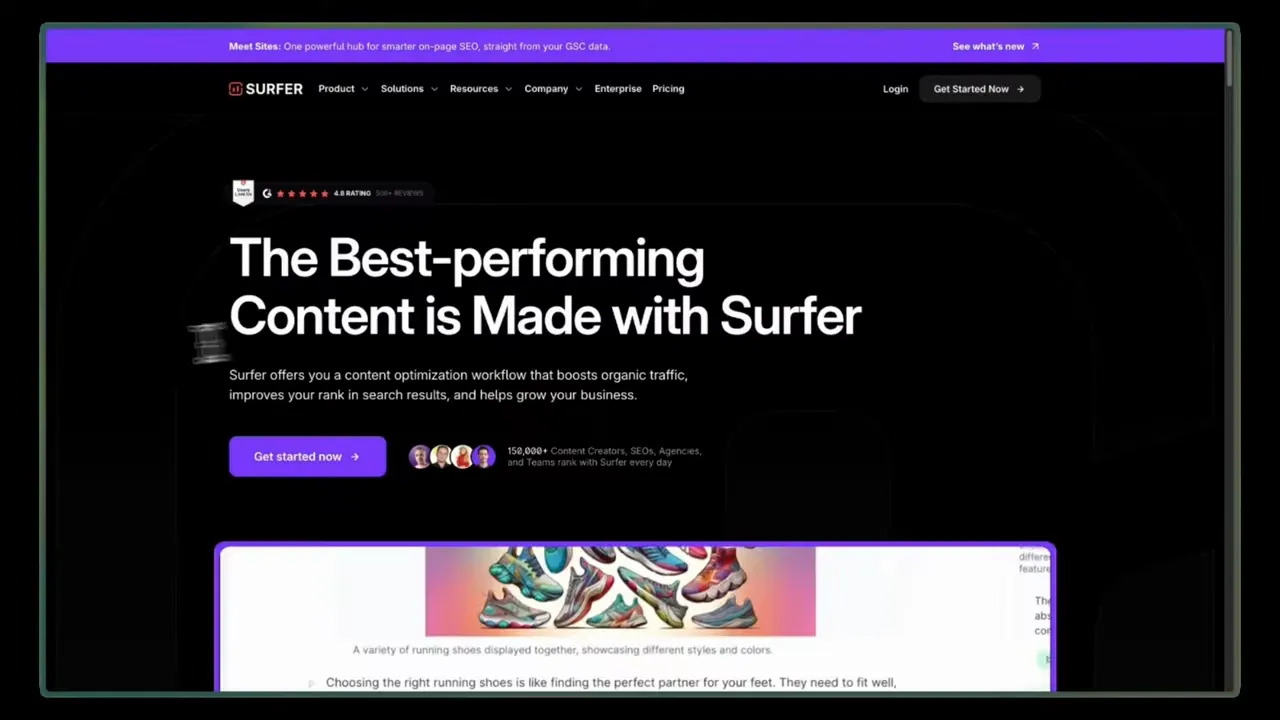
Prefer HTML over hidden JavaScript
Large language models generally read raw HTML. If critical content is rendered only after JavaScript interactions or is embedded inside images or videos, an AI might miss it.
Make your core answers and facts accessible as HTML text. For images and multimedia, include descriptive alt text and transcripts for videos so that content is machine readable and accessible.
Optimize site structure and speed
Keep your most valuable content within a few clicks of the homepage. Use descriptive internal links and a logical hierarchy of headings.
Fast page speeds make crawling easier and improve user experience — both matter. Tools that audit site speed and suggest improvements are worth the investment.
3. Schema markup: Tell machines exactly what your page contains
Schema markup is essentially a vocabulary that helps search engines and AI systems interpret the type and purpose of your content.
If you want to know how to rank in ai search, schema is one of the most practical ways to remove ambiguity for machines.
Schema types that matter
- Organization schema: tells AI who you are, includes logo and social profiles, and often powers knowledge panels.
- Article schema: signals headline, author, and publication date. This helps AI decide recency and credibility.
- FAQ schema: useful if you have explicit question and answer sections; it clarifies that these are discrete questions with succinct answers.
- Product and Review schema: important for ecommerce or product pages so AIs know price, rating, and availability.
Implement schema according to official documentation for the rich result types you want. Schema does not guarantee inclusion in an AI overview or rich result, but it increases the odds by making your content unambiguous.
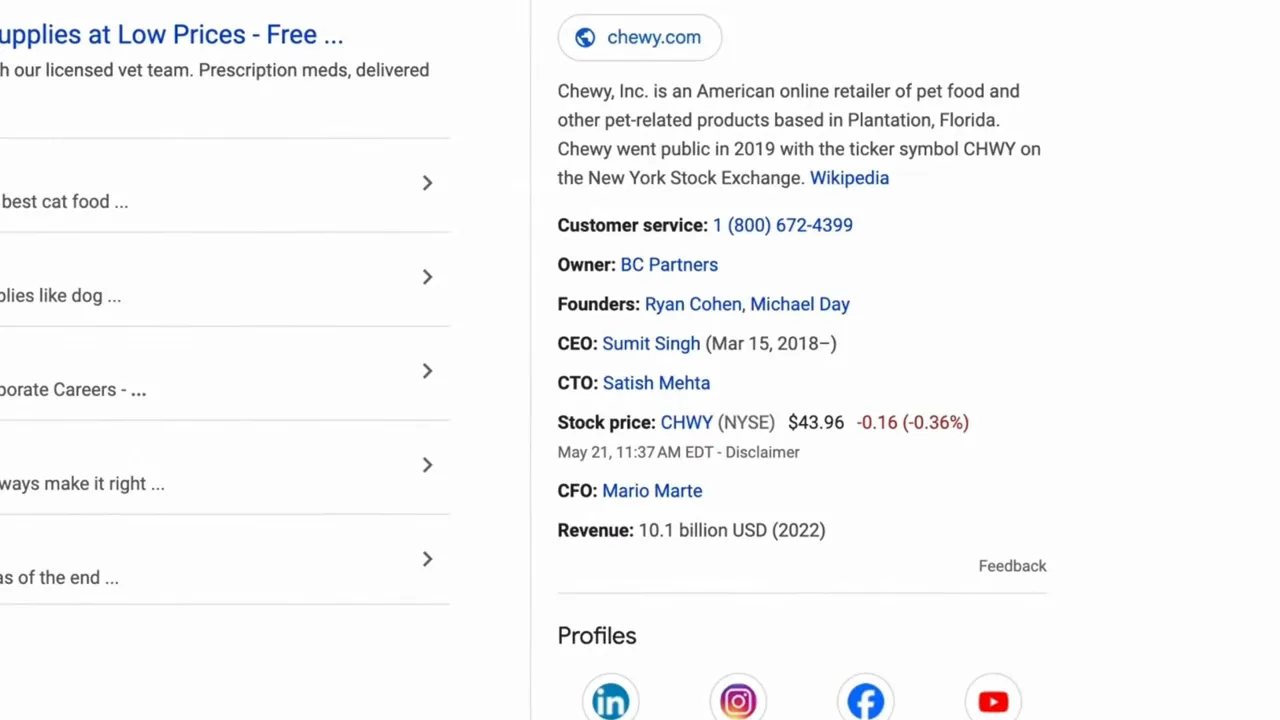
Also broadcast your structured facts across the web: add your business to Wikidata, maintain complete listings on Google My Business, Bing Places, Yelp, LinkedIn Company Pages, and any industry-specific directories.
Many LLMs sample across broad knowledge stores and directories are prime sources.
4. Build authority and topical depth
AI models evaluate your content in context of the whole web. That means on-site E E A T is necessary but not sufficient. Off-site signals matter just as much when learning how to rank in ai search.
Backlinks and mentions still rule
Quality backlinks from respected sites, features in industry publications, positive user reviews, and inclusion in “best of” lists are powerful trust signals.
Even mentions without a dofollow link often matter because LLMs sample text across many sources — a brand mention on an authoritative site can increase your chances of being quoted.
For example, if your travel blog appears on several “top 10 travel blogs” roundups, an AI compiling a list of recommendations will likely include sources it has seen repeatedly across high-authority sites.
Develop comprehensive topical authority
Topical authority means covering a subject from multiple angles with depth.
When you do this, the rest — backlinks, citations, organic ranking — tends to follow. Create pillar content and supporting cluster pages that address the breadth and depth of a topic.
A single domain can supply multiple sources to an AI answer across different pages. The more thoroughly you cover a niche, the higher the probability an AI will pull content from your site when composing an overview.
Tools that map topical coverage and identify gaps help you plan content that builds authority.
As AI overviews often cite several sources per query, having multiple well-structured pages increases your domain’s chance of being included.
How to measure success: tracking AI mentions and impact
One of the trickiest parts of learning how to rank in ai search is measurement. Language model answers are frequently conversational, and users may get their answer without clicking through to a site. Traditional click tracking therefore underreports impact.
Instead, track brand and product mentions inside AI answers.
Monitoring tools that query popular models and report mentions let you know when an AI cites your brand or page. Create a baseline, then watch how mentions change as you implement content, schema, and authority tactics.
Practical checklist: Steps to implement this week
If you want a prioritized plan for how to rank in ai search, follow this checklist. These steps are actionable and can be done incrementally.
- Audit your robots.txt and submit sitemaps to Google Search Console and Bing Webmaster Tools.
- Make sure core answers live in HTML text and not behind JavaScript interactions.
- Add concise Q and A sections and an FAQ block on key pages. Use short one-sentence answers at the top of each section.
- Implement basic schema: Organization, Article, FAQ, Product/Review as appropriate.
- Create or update author bios and add case studies or first-person examples to boost E E A T.
- Map your topical coverage and create a plan to fill gaps with cluster content. Prioritize pages with intent and traffic potential.
- Outreach: pitch roundup and industry list pieces to get brand mentions and backlinks.
- Start tracking AI mentions using an AI tracker or a custom prompt monitoring approach to monitor changes over time.
Examples and content formats AI favors
When thinking about how to rank in ai search, these content formats perform especially well:
- Short, direct answers followed by expanded explanations.
- Bullet lists and numbered steps that can be quoted verbatim.
- Tables for feature comparisons, specs, and pricing cells that an AI can cite precisely.
- FAQ sections for one-line answers to common queries.
- Case studies with measurable outcomes that demonstrate experience.
Structured formats make it easy for an AI to pull exact phrasing and facts; that increases your chance of being included in a synthesized response.
Resources and tools that help you execute
To make this practical, here are a few helpful resources and related posts from this site that can accelerate execution:
Surfer and content optimization tools help surface semantically related phrases and questions to include in your pages. If you are choosing tools and deals, check the Surfer review and comparison posts on our site for lifetime deal options and Black Friday discounts.
Those links include tool reviews, lifetime deals, and speed optimization tips that pair nicely with an AI-search optimization plan.
Common misconceptions about AI search and rankings
There are a few myths floating around. Let me clear them up so you can focus your time on what works when learning how to rank in ai search.
- Myth: There is a secret AI tag that guarantees inclusion. Reality: Google and other providers confirm no magical tag exists. Use standard structured data types and best practices.
- Myth: Traditional SEO is dead. Reality: Good organic rankings remain the foundation for being cited by LLMs.
- Myth: You must produce short, shallow content to be quoted. Reality: AI favors both succinct answers and well-organized, deep coverage. Provide both.
How success often looks in the real world
When these tactics work, you will start to see AI mention your brand or quote your short answers in model responses.
That may not always result in immediate clicks, but it builds brand awareness, trust, and in many cases drives downstream traffic and conversions.
As AI adoption increases, these mentions become increasingly valuable because they can become the first interaction a potential customer has with your brand.
What is the single most important thing to focus on if I can only do one thing this month to improve how to rank in ai search?
Focus on creating clearly structured content with succinct question-and-answer blocks and an FAQ section for your highest-intent pages.
Make sure the short answers are present in HTML and backed up with E E A T signals like author bios or a case study. That single change increases the likelihood an AI will quote your content.
Do I need special AI-specific tags or metadata to rank in AI overviews?
No. There is no secret AI tag. Use standard structured data types such as Organization, Article, FAQ, Product, and Review schema.
Those make your page unambiguous and improve the odds of being used by AI systems.
How do I measure the impact of AI-driven search if users do not click through?
Track brand and product mentions inside AI answers. Use an AI tracker that queries popular models and reports mentions.
Establish a baseline before you implement changes so you can measure increases in visibility and mentions over time.
Will optimizing for AI search hurt my traditional organic rankings?
No. Optimizing for AI search is mostly aligned with good SEO: better structure, clearer answers, and improved E E A T.
These improvements typically help traditional organic performance as well.
Which pages should I prioritize to learn how to rank in ai search?
Start with pages that already get traffic or target high-intent keywords.
Prioritize pages that answer direct questions, product pages, comparison pages, and long-form guides where you can add concise Q and A sections, schema, and case studies.
Final thoughts: To Rank in Ai Search Keep SEO fundamentals close and iterate
If your goal is to learn how to rank in ai search, here is the short pep talk: do the basics exceptionally well and then add machine-friendly clarity.
The big secret is there is no secret. Focus on E E A T, make content accessible in HTML, use schema to remove ambiguity, broadcast your facts across authoritative directories, and build topical depth.
Over time, as AI tools continue to mature, these investments compound.
Start with the checklist above. Add FAQ blocks, run a robots.txt and sitemap audit, implement schema, and map your topical coverage.
Track brand mentions inside AI responses and iterate. The future of search is partly conversational, but the signal that wins will still be quality, clarity, and authority.
Happy optimizing and good luck ranking — remember the best way to master how to rank in ai search is to treat every page like you are explaining something to an expert who will quote you verbatim.


